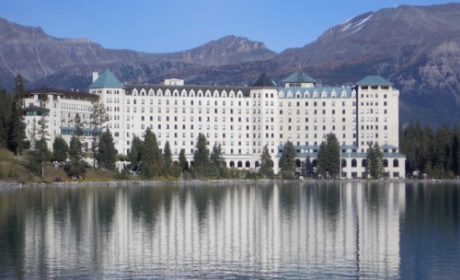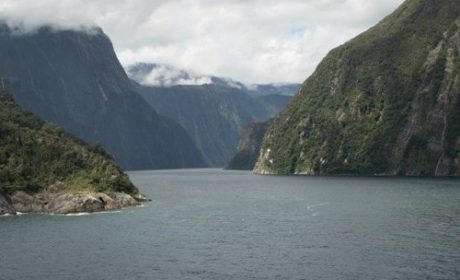Active boomers who want to see wild animals “up close and personal” will love a South African game drive. Whether you are a photographer or a traveler content observing animal behavior, a trip to the bush provides travel memories for a lifetime. But don’t expect the wide plains of the Serengeti with thousands of wildebeests roaming the land, this is a more intimate experience.

When Alan and I visited two game reserves in South Africa, we found the best of both worlds. At Lion Sands in the Sabi Sand Private Game Reserve near Krueger National Park, our Land Rover roamed the hilly topography, stopping to observe a lion pride waking up from an afternoon nap. In Madikwe Game Reserve in northwest South Africa, the open terrain combined with mountain views offered a beautiful backdrop to the herd of elephants we watched early one morning.

So, what can you expect on a South African safari?
- Small plane travel. Our charter flights to the game reserves left from Federal Air Terminal in Johannesburg.
- Light packing. Small planes equal small bags. But, don’t worry, most lodges offer free laundry service. Depending on the lodge, guests don’t even change from their safari clothes before dinner.
- Early mornings and late nights. The three-hour game drives begin at 5 or 5:30 am and then again at 4:00 pm. In between, guests eat, rest and eat some more.
- Bumpy rides. Land Rovers drive along dirt roads before venturing on rocky paths or even off-road. When your ranger gets that call about an animal sighting, hold on tight as the vehicle roars through the bush so that you don’t miss viewing a lion kill.
- Photographer’s paradise. Be prepared to click hundreds of photos so bring a camera with a good zoom lens and plenty of memory cards.
- Down time. When the ranger finds an animal sighting, he stops the vehicle. You might spend 45 minutes watching an elephant herd or leopards mating on a rock. Patience is required.
- Rules. Our vehicle stopped within ten feet of a sleeping lion pride. We watched quietly as they woke up and then walked next to the Land Rover to start their nightly hunt for food. Following our ranger’s instructions to keep seated, quiet and still was imperative to our safety. Also, at night, we were accompanied to and from the dining room by a guide wielding a flashlight.
- Knowledgeable rangers and trackers. Besides teaching you about animal behavior, rangers lecture on insects, snakes, plants and trees.
- Stops for refreshments. On morning drives, the ranger and tracker stop to serve coffee, with or without amarula, and muffins. In the afternoons, at sundowners, you’ll enjoy appetizers with alcoholic or non-alcoholic beverages.
- Warm welcome. When guests return to the lodge from game drives, they’re greeted with cool towels, juice in the mornings and signature drinks in the evenings.

Game lodge accommodations vary from moderate to ultra-luxurious. On our safari, we stayed at Ivory Lodge in Lion Sands and Madikwe Hills at Madikwe Game Reserve. Both lodges included all meals, alcoholic beverages, gourmet dining, free laundry service and well-appointed villas with plunge pools.
One word of caution. Game drives are addictive, so, be prepared to plan a repeat visit.
Thinking about planning an African safari? Check out all the information on our complete Safari Page as well as our Tips for Planning a Safari, both great resources for active boomer travels in Africa!



